
How to Use KY-011: Examples, Pinouts, and Specs
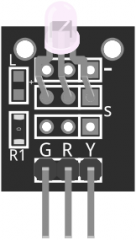
 Design with KY-011 in Cirkit Designer
Design with KY-011 in Cirkit DesignerIntroduction
The KY-011 is a small infrared (IR) receiver module designed to receive IR signals from remote controls. It operates at a frequency of 38 kHz, which is the standard frequency for most consumer remote control devices. This module is widely used in projects involving wireless communication, such as remote-controlled robots, home automation systems, and other applications where receiving commands from an IR remote is required.
Explore Projects Built with KY-011
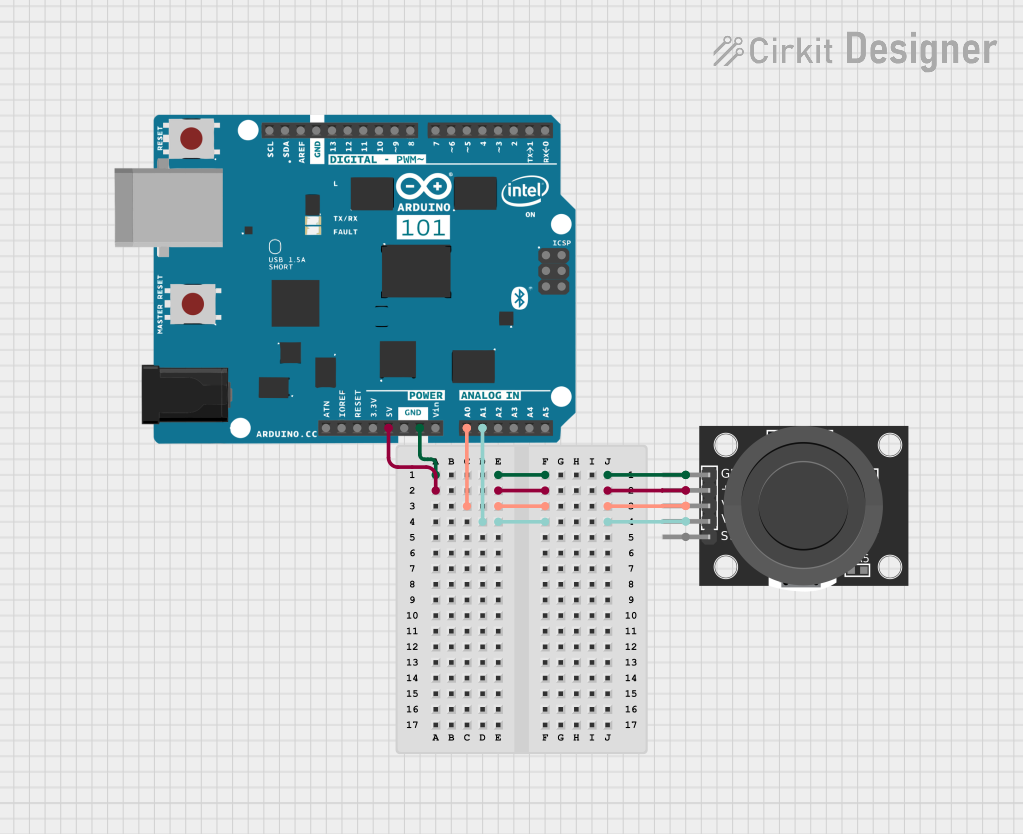
 Open Project in Cirkit Designer
Open Project in Cirkit Designer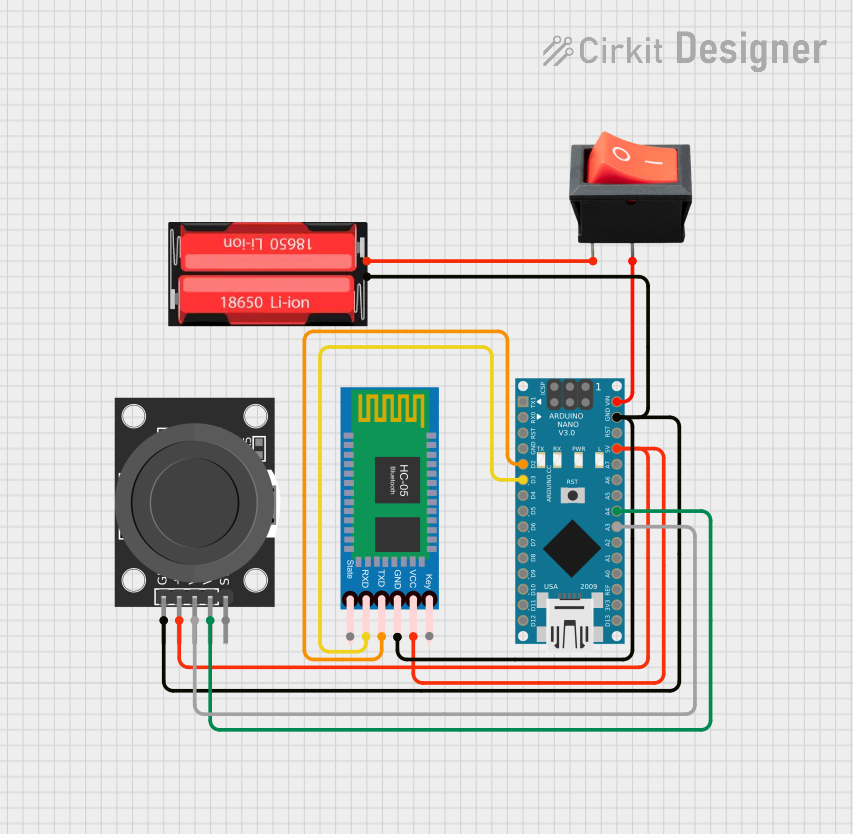
 Open Project in Cirkit Designer
Open Project in Cirkit Designer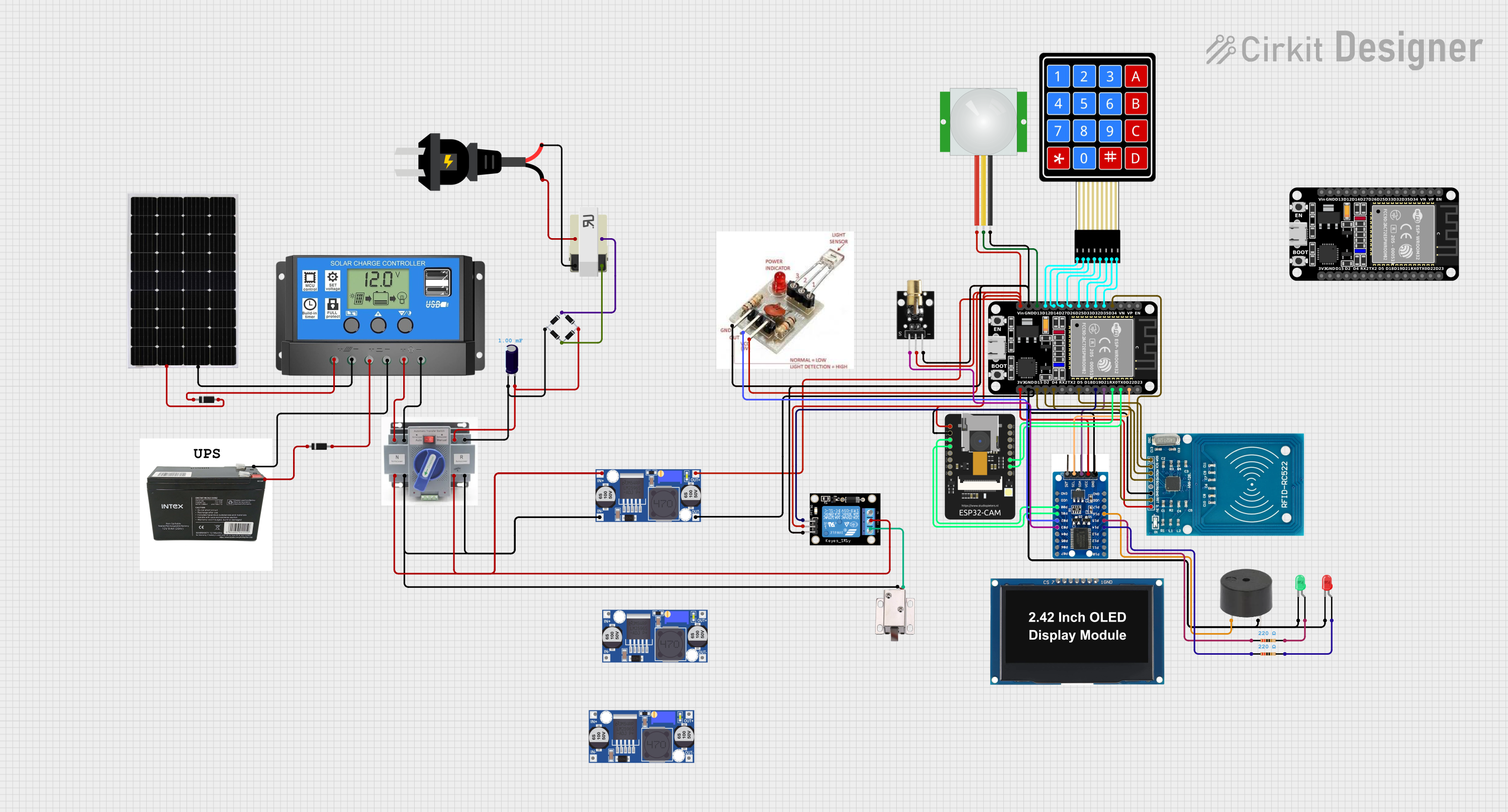
 Open Project in Cirkit Designer
Open Project in Cirkit Designer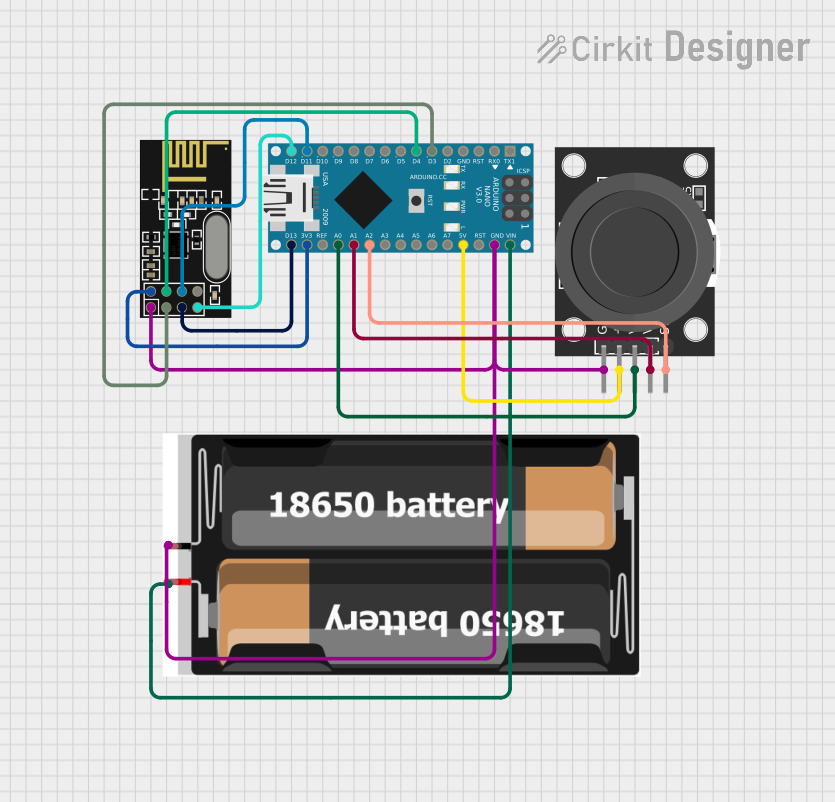
 Open Project in Cirkit Designer
Open Project in Cirkit DesignerExplore Projects Built with KY-011

 Open Project in Cirkit Designer
Open Project in Cirkit Designer
 Open Project in Cirkit Designer
Open Project in Cirkit Designer
 Open Project in Cirkit Designer
Open Project in Cirkit Designer
 Open Project in Cirkit Designer
Open Project in Cirkit DesignerCommon Applications
- Remote-controlled robots and vehicles
- Home automation systems
- Wireless communication between devices
- TV, DVD, and other consumer electronics control
- Learning and decoding IR remote signals
Technical Specifications
The KY-011 IR receiver module is compact and easy to integrate into various projects. Below are its key technical details:
| Parameter | Value |
|---|---|
| Operating Voltage | 3.3V to 5V |
| Operating Current | 0.4 mA to 1.5 mA |
| Carrier Frequency | 38 kHz |
| Reception Distance | Up to 10 meters (line of sight) |
| Output Signal | Digital (active low) |
| Dimensions | 7.8mm x 5.8mm x 3.1mm |
Pin Configuration
The KY-011 module has three pins, which are typically labeled on the module itself. Below is the pinout description:
| Pin | Name | Description |
|---|---|---|
| 1 | Signal | Digital output pin that sends the received IR signal |
| 2 | VCC | Power supply pin (3.3V to 5V) |
| 3 | GND | Ground pin |
Usage Instructions
The KY-011 IR receiver module is straightforward to use in a circuit. Follow the steps below to integrate it into your project:
Connecting the KY-011
- Power the Module: Connect the
VCCpin to a 3.3V or 5V power source and theGNDpin to the ground of your circuit. - Signal Output: Connect the
Signalpin to a digital input pin on your microcontroller (e.g., Arduino UNO). - Add a Resistor (Optional): For better stability, you can add a pull-up resistor (e.g., 10kΩ) between the
Signalpin andVCC.
Example Circuit with Arduino UNO
Below is an example of how to connect the KY-011 to an Arduino UNO:
- KY-011 Pin 1 (Signal) → Arduino Digital Pin 2
- KY-011 Pin 2 (VCC) → Arduino 5V
- KY-011 Pin 3 (GND) → Arduino GND
Sample Arduino Code
The following Arduino code demonstrates how to use the KY-011 to receive IR signals and print the decoded values to the Serial Monitor. This example uses the IRremote library, which must be installed in your Arduino IDE.
#include <IRremote.h> // Include the IRremote library
const int RECV_PIN = 2; // Define the pin connected to the KY-011 Signal pin
IRrecv irrecv(RECV_PIN); // Create an IR receiver object
decode_results results; // Variable to store decoded IR data
void setup() {
Serial.begin(9600); // Initialize serial communication
irrecv.enableIRIn(); // Start the IR receiver
Serial.println("KY-011 IR Receiver Ready");
}
void loop() {
if (irrecv.decode(&results)) { // Check if an IR signal is received
Serial.print("IR Code Received: ");
Serial.println(results.value, HEX); // Print the received code in HEX format
irrecv.resume(); // Prepare to receive the next signal
}
}
Important Considerations
- Ensure the KY-011 module has a clear line of sight to the IR remote for optimal performance.
- Avoid exposing the module to direct sunlight or strong ambient light, as this can interfere with IR signal reception.
- Use a decoupling capacitor (e.g., 10µF) between
VCCandGNDto reduce noise in the power supply.
Troubleshooting and FAQs
Common Issues and Solutions
No Signal Detected
- Cause: The IR remote is not compatible or the module is not properly connected.
- Solution: Verify the remote operates at 38 kHz and check all connections.
Unstable or Intermittent Signal
- Cause: Electrical noise or insufficient power supply.
- Solution: Add a decoupling capacitor between
VCCandGNDand ensure a stable power source.
Short Reception Range
- Cause: Obstructions or weak IR signal from the remote.
- Solution: Ensure a clear line of sight and replace the remote's batteries if necessary.
Incorrect Decoded Values
- Cause: Incorrect library or improper configuration.
- Solution: Ensure the
IRremotelibrary is installed and the correct pin is defined in the code.
FAQs
Q: Can the KY-011 receive signals from any IR remote?
A: The KY-011 is compatible with most IR remotes operating at 38 kHz, which is the standard frequency for consumer electronics.
Q: Can I use the KY-011 with a 3.3V microcontroller?
A: Yes, the KY-011 operates at both 3.3V and 5V, making it compatible with a wide range of microcontrollers.
Q: How do I increase the reception range?
A: Ensure the module has a clear line of sight to the remote and avoid interference from ambient light sources.
Q: Can the KY-011 send IR signals?
A: No, the KY-011 is an IR receiver module and cannot transmit IR signals. For transmission, use an IR LED module.
By following this documentation, you can effectively integrate the KY-011 IR receiver module into your projects and troubleshoot common issues.